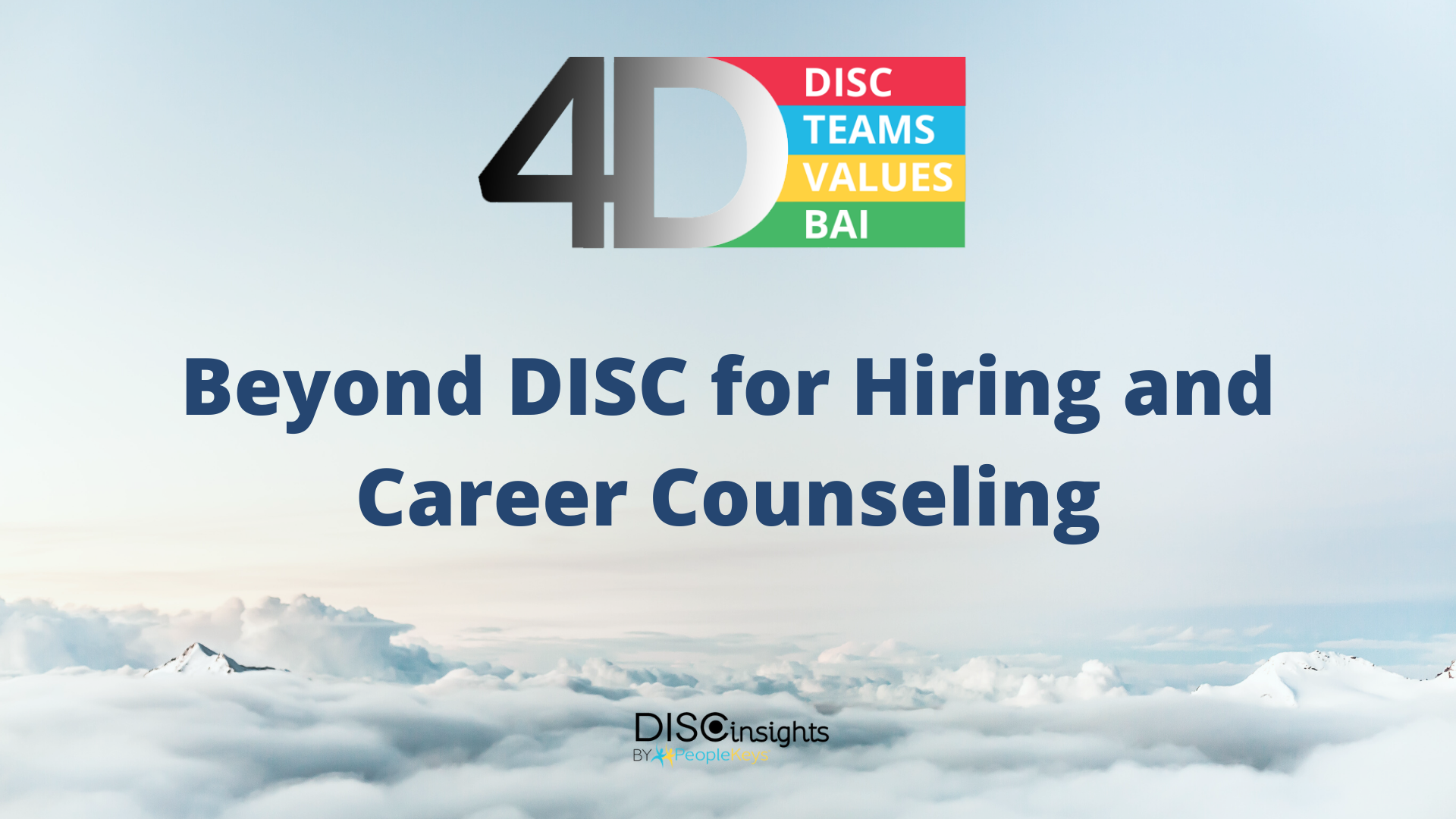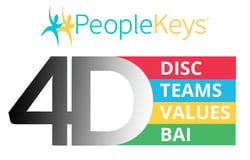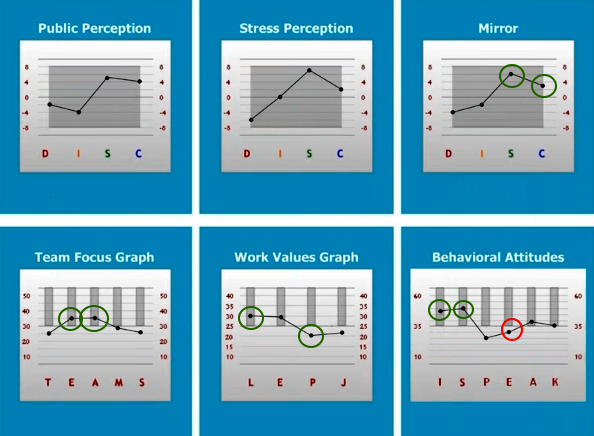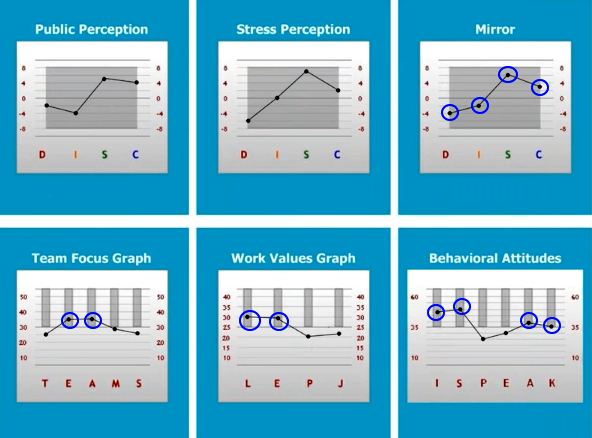- SHOP BY PRODUCT
- DISC TRAINING & CERTIFICATION TOOLS
- DISC RESOURCES
- BLOG
- SHOP BY PRODUCT
- DISC TRAINING & CERTIFICATION TOOLS
- DISC RESOURCES
- BLOG
- ALL ITEMS



Get the most by reading between the lines with the 4-Dimensional Personality System
If you had the option of either seeing a one-dimensional or a four-dimensional view of a product you were about to purchase online, which one would you choose? Personally, I’d want as much information as possible to base my decision on before I surrendered my credit card digits. I guess that’s fitting for my high-C personality style, but I suspect, you too would take the extra info, especially if it didn’t require extra research on your part to get it. In the world of talent management, PeopleKeys 4D assessment tool is not only a multi-dimensional view of behavior, but it’s also a highly versatile tool for many business applications.
For those using Behavioral Analysis in your people decisions, you may already know the DISC to be a powerful tool, giving you information to base decisions. It’s been utilized to inform for on-boarding, succession planning, and everything in between. Yet, DISC alone is only a fractional view of behavior. DISC identifies our observable behaviors with great accuracy and simplicity, but there are other behavioral dimensions lying under the surface that are equally crucial to recognize. Tools identifying ways of thinking (TEAMS), personal motivators (Values), and life passions (BAI) can refine your decisions with incredible granularity.
 When decisions are critical or costly, you may discover DISC alone is not enough. You need a complete, 4-Dimensional view to maximize your insight, increase your success, and reduce your risks.
When decisions are critical or costly, you may discover DISC alone is not enough. You need a complete, 4-Dimensional view to maximize your insight, increase your success, and reduce your risks.
PeopleKeys has not only studied human behavior for over 35 years in all manner of occupations and environments, but has applied behavioral insights in practical ways to help leaders, managers, coaches, consultants, and educators make informed decisions when time and money are on the line.
To illustrate how multi-dimensional and adaptable the 4D tool really is, let’s look at how leaders can use the same 4D graph below to base their decisions in two different scenarios - Hiring and Career Counseling.
In this example, a hiring manager is using the 4D to hire Ben, a candidate for the customer service representative position. The most important graph dimensions are circled. Green circles identify the dimensions needed for the customer service role. Red circles represent areas that are slightly under the ideal.

Conclusion: Ben is matched well with this Customer Service role behaviorally. Now the hiring manager can concentrate on other hiring criteria such as skills, experience, references, and salary requirements.
In this example, a career coach uses the 4D to help Chloe, a student, find a career direction. Important dimensions are circled. The circles identify dimensions Chloe devotes the most energy towards. Chloe should also note dimensions that are low, as roles requiring those dimensions may strain her or may not be fulfilling.

Conclusion: Chloe will be much better prepared for career planning and research after exploring her 4D with her coach. Planning her training and job search around her natural behavioral preferences will put her in an environment that energizes her rather than drains her energy.
As you can see, hiring and career direction are two areas you’ll want to dial up the granularity of information. The wrong decision can have devastating consequences. DISC alone recognizes 41 behavioral style blends, while the 4D provides 1440 combinations, pulling in thinking styles, values and passions that lie beneath and shape observable behavior. The depth and breadth of this tool is massive. So, if you want to become a pro at graph reading and interpreting the 4D instrument for different applications, become a PeopleKeys Certified Behavioral Consultant.

© PeopleKeys. All Rights Reserved
WORKING DAYS/HOURS
Mon - Fri / 8:30AM - 5:00PM EST
